JCR2-63 2 Pole RCBO for EV Charger 10kA Differential circuit breaker 1P+N
Introduction
As the number of residential facilities continues to grow, the need for enhanced security measures becomes increasingly important. Our Type A JCR2-63 RCBO is designed to meet this need by detecting DC fault current, making residential electricity safer, especially where electric vehicles are installed. Furthermore, it is ideally suited for PME fault protection or PEN LOSS consumer equipment, providing comprehensive protection for a variety of applications.
The JCR2-63 RCBO is a high-quality combination of residual current circuit breaker and miniature circuit breaker, featuring line voltage dependent tripping and multiple rated tripping currents. Its built-in electronics precisely monitor the current flow and thus detect critical residual currents. This feature is essential to protect circuits and prevent potential hazards.
This RCBO is an important safety measure to protect the circuit. As a current sensing device, it can automatically measure and disconnect the circuit when a fault occurs or the current exceeds the rated sensitivity. This technology ensures that circuits are automatically disconnected in the event of overload, thus preventing damage to the network and connected devices.
The JCR2-63 RCBO is available in Type A and AC configurations to provide a variety of applications. Type A ensures residual AC and pulsating DC current tripping, making it an ideal safety protection device for electric vehicle chargers. The AC type, on the other hand, is suitable for general use, detects and responds to AC sine waves, and is often used as a standard safety measure in residential installations.
JCR2-63 RCBO is a combination of RCD and MCB providing leakage and overcurrent protection in a single device. It is rated up to 63A, with options ranging from 6A to 63A, and trip sensitivities of 30mA and 100mA. The device is available with B or C trip curves, with B-curve devices designed to trip between 3 and 5 times full load current, making them suitable for domestic and light commercial applications. Meanwhile, C-curve devices are designed to trip between 5 and 10 times full load current, making them the first choice for commercial and industrial applications where surges are expected.
Product Description

Main Features
● Electromagnetic type: RCBO adopts electromagnetic type, which works efficiently and reliably, and provides effective protection against electrical faults and overloads.
● Leakage protection: Provide comprehensive leakage protection to prevent potential electrical hazards and ensure the safety of the electrical system.
● Overload and short-circuit protection: Provides powerful overload and short-circuit protection to prevent damage to electrical systems and connected equipment.
● Non-line/load-sensitive: RCBO is non-line/load-sensitive, providing consistent and reliable performance regardless of line or load conditions.
● Breaking capacity up to 10kA: RCBO has a high breaking capacity up to 10kA, which can effectively break fault current and minimize potential damage to the electrical system.
● Rated current up to 63A: Provides a variety of rated currents from 6A to 63A, which can be flexibly adapted to various electrical applications and requirements.
● Provide Type B and Type C tripping curves: Provide the flexibility of Type B and Type C tripping curves to meet different application requirements and ensure accurate tripping characteristics.
● Trip sensitivity: 30mA, 100mA, 300mA: Trip sensitivity is adjustable and can be customized according to specific needs to ensure accurate fault detection.
● Available in Type A or AC: Offers a choice between Type A and AC configurations, providing versatility for different applications and electrical systems.
● True Bipolar Breaking in Dual Module RCBO: Ensures complete disconnection of live and neutral conductors in the event of a fault current condition or overload, thereby enhancing safety and protection.
● Neutral pole switching greatly shortens the installation, debugging and testing time: Neutral pole switching reduces the installation, debugging and testing time and improves the efficiency and convenience of installation and debugging.
● 35mm DIN rail mounting: Designed to be easily and securely mounted on standard 35mm DIN rail for easy installation and ensuring stability.
● Installation flexibility, optional line connection from the top or bottom: Provides line connection flexibility, and can be easily installed from the top or bottom according to specific installation requirements.
● Compatible with multiple types of combination head screwdrivers: Compatible with multiple types of combination head screwdrivers, simplifying the installation and maintenance process.
● Meet ESV's additional testing and verification requirements for RCBO: Comply with the additional testing and verification requirements set by ESV to ensure compliance with industry standards and regulations.
● Comply with IEC 61009-1, EN61009-1: Comply with the standards specified by IEC 61009-1 and EN61009-1 to ensure that RCBO complies with international safety and performance standards.
Technical Data
● Standards: IEC 61009-1, EN61009-1: Comply with international standards outlined by IEC 61009-1 and EN61009-1 to ensure compliance with industry-recognized safety and performance requirements.
● Type: Electromagnetic type: Using electromagnetic type, it operates reliably and efficiently, effectively preventing electrical failures and overloads.
● Type (detected leakage waveform): Type A or Type AC available: Offers a choice between Type A and Type AC configurations, providing versatility for different applications and electrical systems.
● Number of poles: 2 poles, 1P+N: 2 poles and 1P+N configurations are provided to meet various installation and system requirements.
● Rated current: 6A, 10A, 16A, 20A, 25A, 32A, 40A 50A, 63A: Provides a variety of rated currents to ensure compatibility with various electrical applications and systems.
● Rated working voltage: 110V, 230V, 240V~ (1P+N): Designed to work at rated working voltage 110V, 230V, 240V, suitable for a variety of electrical systems.
● Rated sensitivity I△n: 30mA, 100mA, 300mA: Provides adjustable trip sensitivity, which can be customized according to specific needs to ensure accurate fault detection.
● Rated breaking capacity: 10kA: Provides a high breaking capacity of 10kA, effectively breaking fault current and minimizing potential damage to the electrical system.
● Insulation voltage: 500V: Provides 500V insulation voltage to ensure electrical safety and prevent potential dangers.
● Rated frequency: 50/60Hz: Working at the rated frequency of 50/60Hz, it is suitable for use in various electrical systems and environments.
● Rated impulse withstand voltage (1.2/50): 6kV: It can withstand the rated impulse withstand voltage of 6kV, ensuring the ability to withstand electrical pulses and surges.
● Pollution level: 2: Designed to withstand level 2 pollution, ensuring reliable performance in moderately polluted environments.
● Thermal magnetic release characteristics: B curve, C curve, D curve: Provide thermal magnetic release characteristics selection, including B curve, C curve, D curve, to meet specific application requirements and ensure accurate tripping characteristics.
● Mechanical life: 10,000 times: Provides 10,000 times of mechanical life to ensure durability and long-term reliability.
● Electrical life: 2000 times: Electrical life reaches 2000 times, ensuring long-term stable and reliable performance.
● Protection level: IP20: Provides IP20 protection level to prevent solid objects from entering and ensure safe operation in various environments.
●Ambient temperature (daily average ≤35℃): -5℃~+40℃: The working environment temperature range is -5℃~+40℃, suitable for use in a variety of environmental conditions.
● Contact position indicator: green = closed, red = open: With contact position indicator, green means closed, red means open, providing intuitive status indication, which is more convenient.
● Terminal connection type: cable/U-shaped busbar/pin busbar: Provides various terminal connection types such as cable, U-shaped busbar, pin busbar, etc., with flexible installation and connection.
● Installation: Installation on DIN rail EN 60715 (35mm) via quick clamp device: Designed to be easily and securely installed on standard 35mm DIN rail using quick clamp device, which facilitates installation and ensures stability.
● Recommended torque: 2.5Nm: It is recommended to use 2.5Nm torque to ensure safe and reliable terminal connection and correct installation and operation.
● Connection method: Top or bottom connection: Provides the flexibility of top or bottom connection, providing convenience and adaptability to various installation requirements.
| Standard | IEC61009-1 , EN61009-1 | |
| Electrical features |
Rated current In (A) | 6, 10, 16, 20, 25, 32, 40,50,63 |
| Type | Electromagnetic | |
| Type (wave form of the earth leakage sensed) | A or AC are available | |
| Poles | 2 Pole | |
| Rated voltage Ue(V) | 230/240 | |
| Rated sensitivity I△n | 30mA,100mA,300mA are available | |
| Insulation voltage Ui (V) | 500 | |
| Rated frequency | 50/60Hz | |
| Rated breaking capacity | 10kA | |
| Rated impulse withstand voltage(1.2/50) Uimp (V) | 6000 | |
| Break time under I△n (s) | ≤0.1 | |
| Pollution degree | 2 | |
| Thermo-magnetic release characteristic | B, C | |
| Mechanical features |
Electrical life | 2, 000 |
| Mechanical life | 2, 000 | |
| Contact position indicator | Yes | |
| Protection degree | IP20 | |
| Reference temperature for setting of thermal element(℃) | 30 | |
| Ambient temperature (with daily average ≤35℃) | -5...+40 | |
| Storage temperation (℃) | -25...+70 | |
| Installation | Terminal connection type | Cable/U-type busbar/Pin-type busbar |
| Terminal size top/bottom for cable | 25mm2 / 18-3 AWG | |
| Terminal size top/bottom for Busbar | 10mm2 / 18-8 AWG | |
| Tightening torque | 2.5 N*m / 22 In-Ibs. | |
| Mounting | On DIN rail EN 60715 (35mm) by means of fast clip device | |
| Connection | From top or bottom |


Does the RCD need to power the car charger?
Yes, per regulation 722.531.3, an RCD (30mA maximum) is required to power the onboard charger, and the RCD should disconnect all live conductors, including neutral. Therefore, to comply with regulations, unipolar RCBOs should not be used in this application.
Some car charger manufacturers quote RDC-DD, what is this?
RDC-DD stands for "Residual DC Current - Disconnecting Device". It is a specialized device, often integrated into car charging equipment, used to monitor and, if necessary, disconnect if any DC problems arise on the AC side of the unit. This is crucial as it affects the operation of the RCD and ensures additional safety measures for the car's charging system.
If the car charger does not have RDC-DD, what type of RCD is needed?If there is no RDC-DD in the car charger, a Type B RCD is needed to power the car charger. Type B RCDs are able to detect DC faults, ensure continued operation and disconnect when necessary, providing the necessary protection for the vehicle charging system.
If the car charger has an RCD-DD that can detect and disconnect any DC problem above 6mA, what type of RCD should be used?
In this case, a Type A RCD can be used as it can operate efficiently at current levels up to 6mA DC. However, it is worth noting that above 6mA, Type A devices may be affected and may go blind and stop functioning. Despite this, Type A RCDs are widely used and cost-effective, making them the first choice. It is worth mentioning that most car charger manufacturers have now added 6mA RDC-DD to their products to further support the use of Type A RCDs.
RCD series:
In some cases, individuals may choose to have an on-board charger supplied from an existing installation, possibly installed as a backup from a consumer unit. If there is not enough space for the new Type A RCD, consider installing it close to the car charger.
Although Type A RCDs are not affected by DC currents up to 6mA, it is important to consider the time frame over which the RCD was initially installed in consumer equipment. If it was installed recently, it may be an AC type RCD. In this case, the RCD may also be powering other circuits in the house, which may be affected by any direct current from the car or may cause blindness. This can result in a lack of residual current protection for these other circuits, leading to potentially serious consequences. Therefore, careful consideration and evaluation of existing RCDs and their compatibility with on-board charger installations is critical to ensuring the overall safety and functionality of the electrical system.
010203040506

 JCB1-125
JCB1-125 JCB2-40M
JCB2-40M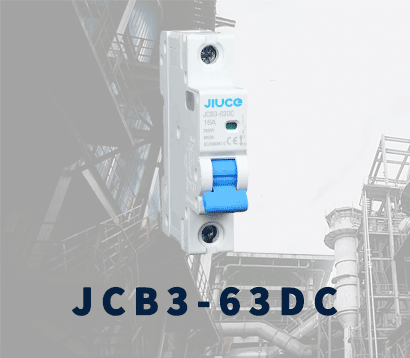 JCB3-63DC
JCB3-63DC JCB3-80H
JCB3-80H JCB3-80M
JCB3-80M JCBH-125
JCBH-125 JC80-2P
JC80-2P JC80-4P
JC80-4P JC125-2P
JC125-2P JC125-4P
JC125-4P JCMX
JCMX JCSD
JCSD JCOF
JCOF JCMX1-125
JCMX1-125 JCOF1-125
JCOF1-125 JCSD1-125
JCSD1-125 JCRD4-125
JCRD4-125 JCRB2-100
JCRB2-100 KP0A1118
KP0A1118 KP0A1132
KP0A1132 KP0A1117
KP0A1117 JCR2-63
JCR2-63 JCR1-40
JCR1-40 JCB2LE-80M
JCB2LE-80M JCB2LE-80M
JCB2LE-80M JCB2LE-80M
JCB2LE-80M JCB2LE-40M
JCB2LE-40M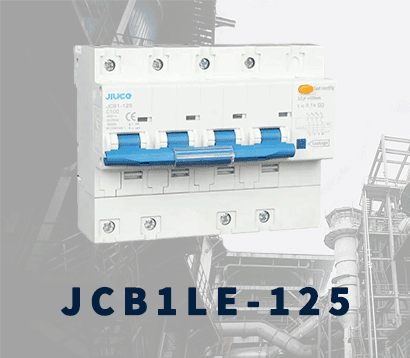 JCB1LE-125
JCB1LE-125 JCB3LM-80
JCB3LM-80 JCH2-125
JCH2-125 JCH2-125
JCH2-125 CJX2
CJX2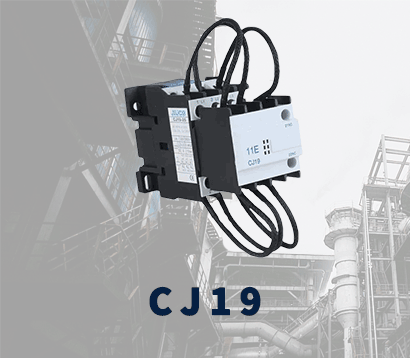 CJ19
CJ19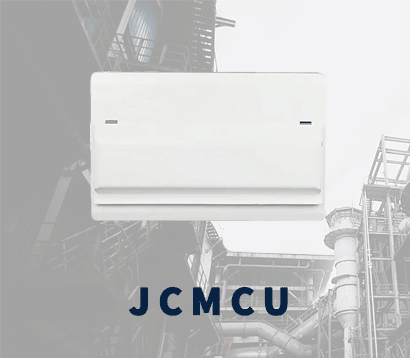 JCMCU
JCMCU JCHA
JCHA JC3AF-S
JC3AF-S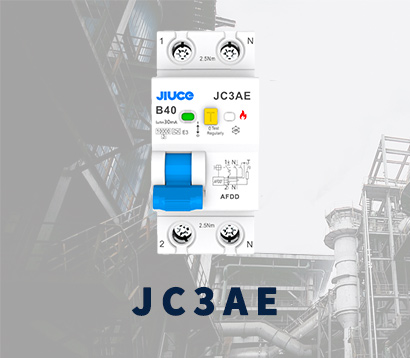 JC3AE
JC3AE JCSD-40
JCSD-40 JCSD-60
JCSD-60 JCSP-40
JCSP-40 JCSP-60
JCSP-60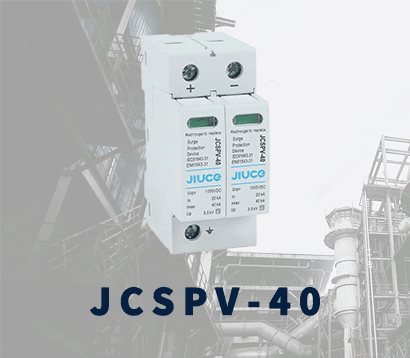 JCSPV
JCSPV WEW1-1000
WEW1-1000 WEW1-1600
WEW1-1600 WEW1-2000
WEW1-2000 WEW1-3200
WEW1-3200 WEW1-4000
WEW1-4000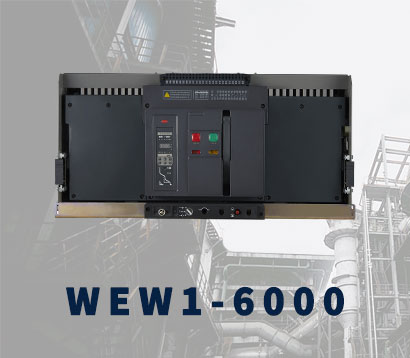 WEW1-6300
WEW1-6300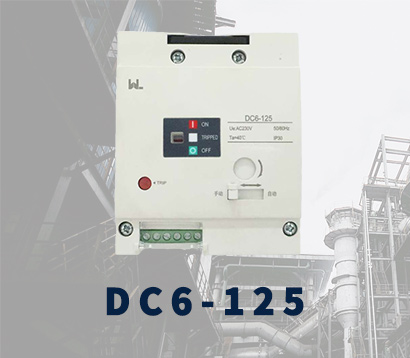 DC6-125
DC6-125 AX-400-1250
AX-400-1250 AXAL-400-1250A
AXAL-400-1250A AL-400-1250
AL-400-1250 DC3-160
DC3-160 AXS-400-1250A
AXS-400-1250A SHT-125-160
SHT-125-160 UVT-125-160A
UVT-125-160A 400-3P/4P terminal cover
400-3P/4P terminal cover 1250-3Pmccb accessories busbar
1250-3Pmccb accessories busbar 250-3P terminal conver
250-3P terminal conver WLM6-TCV-160A-3P
WLM6-TCV-160A-3P WLM6-MIP-250A
WLM6-MIP-250A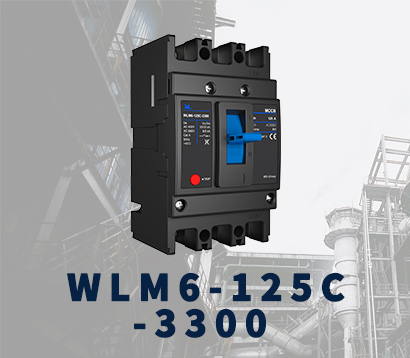 WLM6-125A-3300 3P/4P
WLM6-125A-3300 3P/4P WLM6-160A-3300 3P/4P
WLM6-160A-3300 3P/4P WLM6-250A-3300 3P/4P
WLM6-250A-3300 3P/4P WLM6-400A-3300 3P/4P
WLM6-400A-3300 3P/4P WLM6-630A-3300 3P/4P
WLM6-630A-3300 3P/4P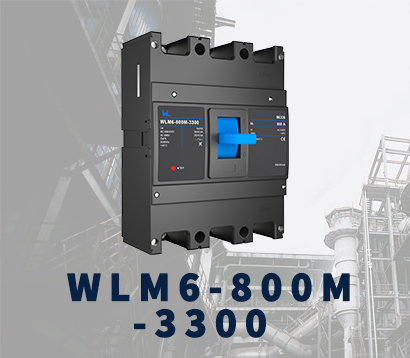 WLM6-800A-3300 3P/4P
WLM6-800A-3300 3P/4P WLM6-1250A-3300 3P/4P
WLM6-1250A-3300 3P/4P WLM6-1600A-3300 3P/4P
WLM6-1600A-3300 3P/4P WLM6-2000A 3P/4P
WLM6-2000A 3P/4P WLM6RT-125A
WLM6RT-125A WLM6RT-160A
WLM6RT-160A WLM6RT-250A
WLM6RT-250A WLM6RT-400A
WLM6RT-400A WLM6RT-630A
WLM6RT-630A WLM6RT-800A
WLM6RT-800A WLM6RT-1250A
WLM6RT-1250A WLM6E-160A-3300 3P
WLM6E-160A-3300 3P WLM6E-250A-3300
WLM6E-250A-3300 WLM6E-400A-3300 3P/4P
WLM6E-400A-3300 3P/4P WLM6E-630A-3300
WLM6E-630A-3300 WLM6E-800A-3300 3P/4P
WLM6E-800A-3300 3P/4P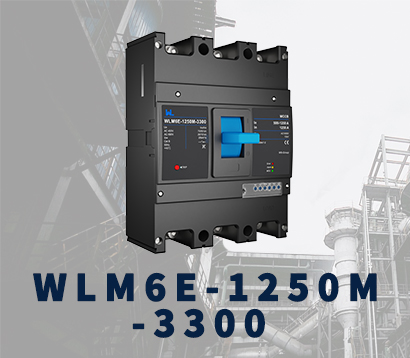 WLM6E-1250A-3300
WLM6E-1250A-3300 WLM6E-1600-3300 3P/4P
WLM6E-1600-3300 3P/4P WLM6E-2000A-3300 3P/4P
WLM6E-2000A-3300 3P/4P WLM6EY-250-3300 3P/4P
WLM6EY-250-3300 3P/4P WLM6EY-400 3P/4P
WLM6EY-400 3P/4P WLM6EY-630 3P/4P
WLM6EY-630 3P/4P WLM6EY-800A 3P/4P
WLM6EY-800A 3P/4P WLM6EY-1250A 3P/4P
WLM6EY-1250A 3P/4P WLM6ELY-160A
WLM6ELY-160A WLM6ELY-250A
WLM6ELY-250A WLM6ELY-400A
WLM6ELY-400A WLM6ELY-800A
WLM6ELY-800A WLM6ELY-1250A
WLM6ELY-1250A WLM6LY-125A
WLM6LY-125A WLM6L-160A
WLM6L-160A WLM6LY-250A
WLM6LY-250A WLM6LY-400A
WLM6LY-400A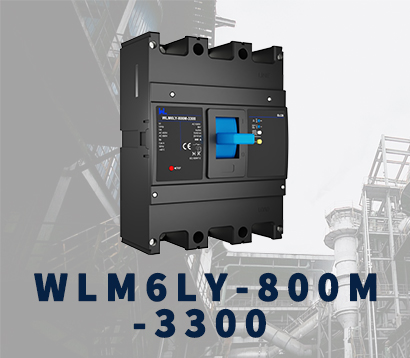 WLM6LY-800A
WLM6LY-800A WLM6LY-630A
WLM6LY-630A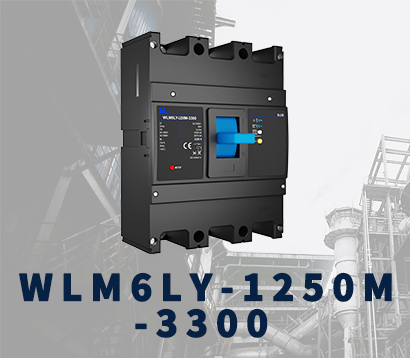 WLM6LY-1250A
WLM6LY-1250A JCB3-63DC
JCB3-63DC JCB1-125DC
JCB1-125DC P-250A-3P-A
P-250A-3P-A WLM7DC-250A-2300 2P/3P
WLM7DC-250A-2300 2P/3P WLM7DC-315A-3300 2P/3P
WLM7DC-315A-3300 2P/3P WLM7DC-400A-2300 2P/3P
WLM7DC-400A-2300 2P/3P WLM7DC-630A-3300 3P
WLM7DC-630A-3300 3P WLM7DC-800A-2300 2P/3P
WLM7DC-800A-2300 2P/3P WLM7DC-400A 2300
WLM7DC-400A 2300 WLM7DC-630A-2300 2P
WLM7DC-630A-2300 2P WLM7HU-250-3300 3P
WLM7HU-250-3300 3P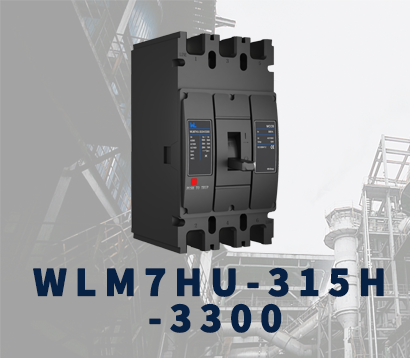 WLM7HU-315-3300 3P
WLM7HU-315-3300 3P WLM7HU-400-3300 3P
WLM7HU-400-3300 3P WLM7HU-630-3300 3P
WLM7HU-630-3300 3P WLM7HU-800-3300 3P
WLM7HU-800-3300 3P PV-1500V/250A
PV-1500V/250A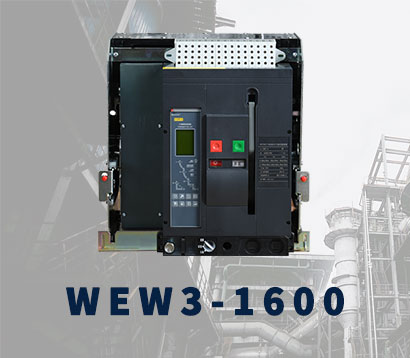 WEW3-1600
WEW3-1600 WEW3-2500
WEW3-2500 WEW3-4000
WEW3-4000 WEW3-7500
WEW3-7500










